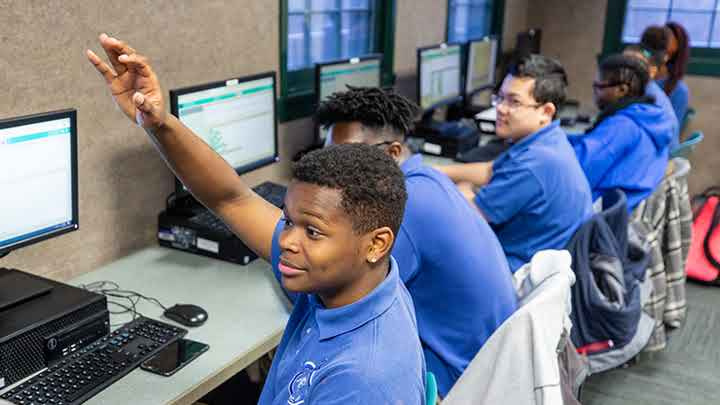
By the time you read this, Bett will be just days away. It takes place at ExCel London from the 22nd to the 24th of January. This global exhibition is now celebrating its 40th anniversary. Every year, educators congregate in London to share innovations and to find solutions to the issues that face their learners.
'Learning Today, Leading Tomorrow' is the Bett slogan for the year. The organisers say: 'The education system needs to adapt. From AI and data literacy to critical thinking and assessment, the skills prioritised in the classroom and the way we teach will change […] Embracing personalised learning approaches supported by AI technologies will allow us to better cater to diverse learning styles and pace, ensuring every student maximises their potential and is prepared for the workforce of tomorrow!'
Here at TeachingTimes, we have been hearing from teachers and child development specialists, talking to schools and colleges and seeking out contributions from researchers and experts in education. These are the key themes that are emerging for the Digital Learning magazine in 2025.
1. Digital teaching and assessment will be a major focus for secondary schools
This summer marks the first large-scale, high-stakes digital exam series as exam boards offer GCSE English language and literature online. There are many advantages. Schools will save money on readers and scribes for candidates with additional needs. Young people will be able to edit, re-order and improve their answers on the fly, and those with poor handwriting will not be penalised. However, will schools have the devices and infrastructure in place to support this new form of assessment?
2. AI continues to dominate the headlines
Although we still count it as a new technology, signs of AI and its impact are all around us. Teachers are using it for administration, for differentiating materials and for writing lesson plans. While it can reduce teachers' workload and provide tailored feedback for learners, there is a darker side to this amazing technology, especially in its ability to create disturbing images from verbal instructions.